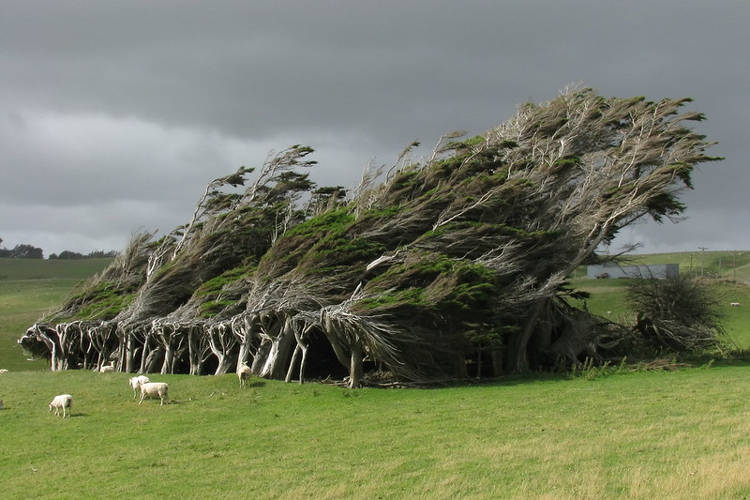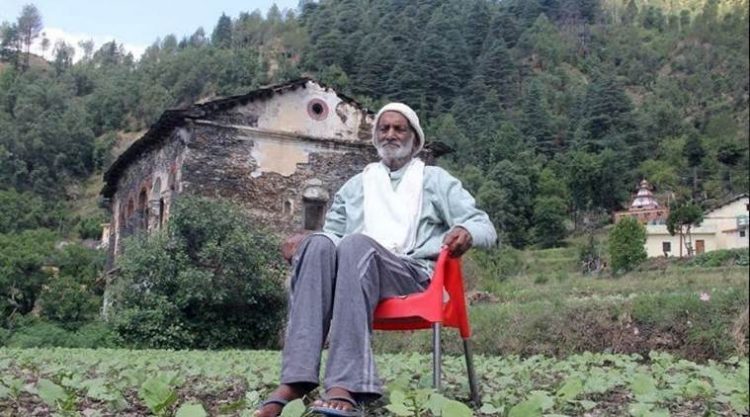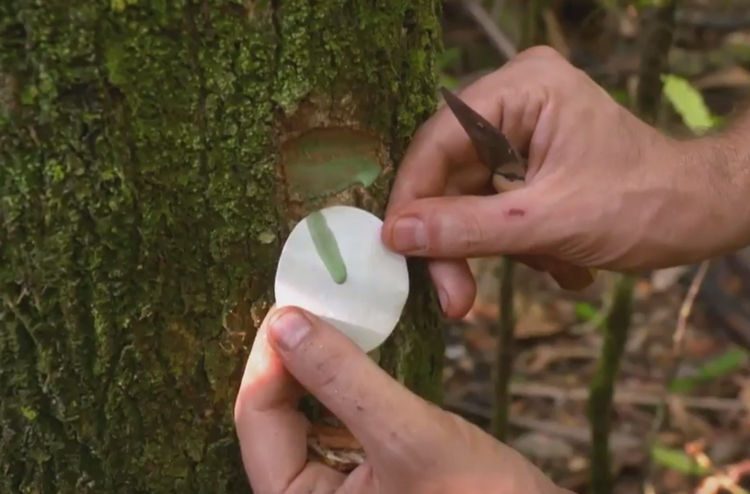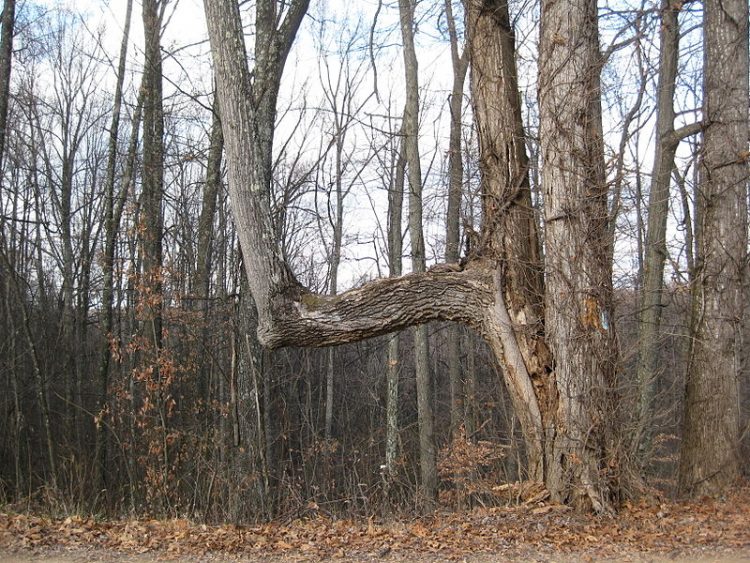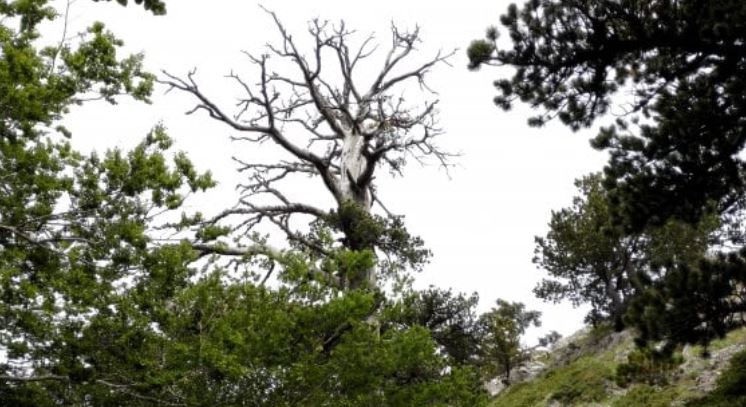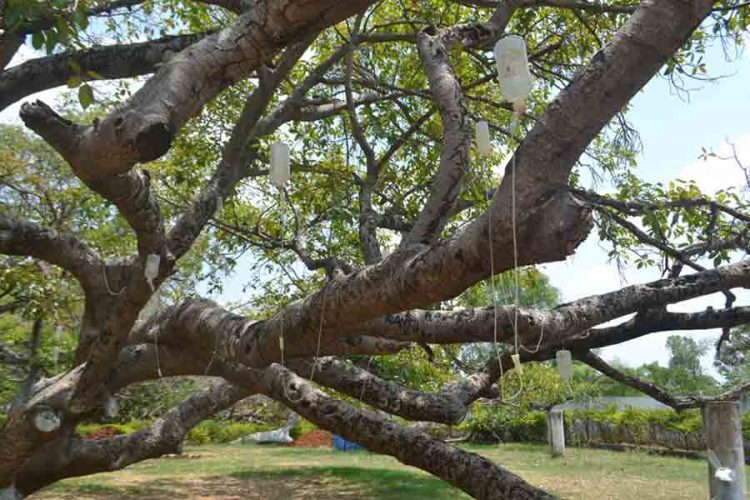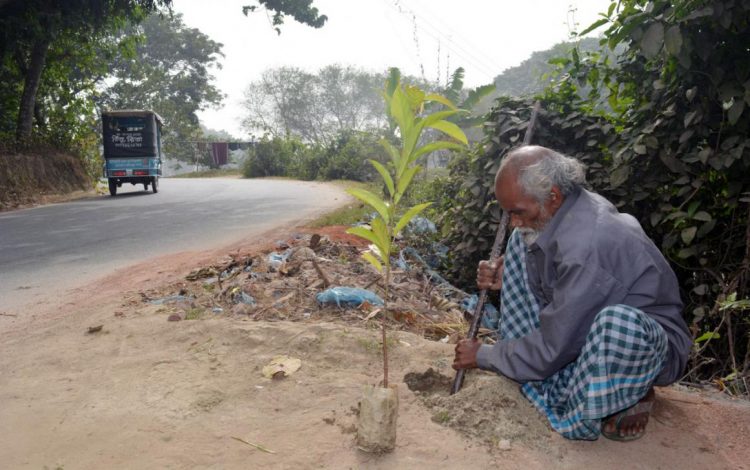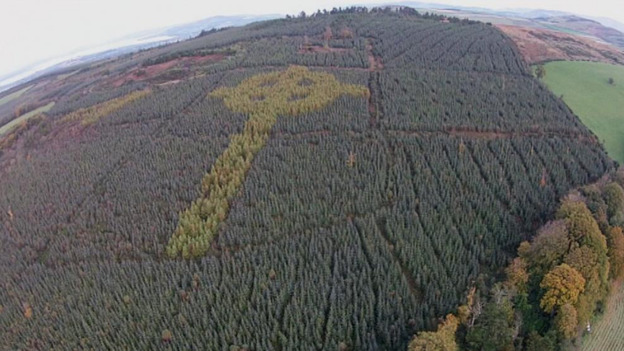Slope Point is known for being the southernmost tip on New Zealand’s South Island, but also for hosting some of the strangest-looking trees in the world. They are shaped by the relentless winds that constantly pummel this place.
Trees don’t usually grow in the Slope Point area. It’s not that the soil isn’t fertile enough, but the winds blowing through the slopes and fields of this place make it an inhospitable place. Still, the farmers that bring their sheep here for grazing planted patches of trees as shelter for the animals. Only instead of growing upright, like other specimens, most of these trees are twisted and crooked, with their canopy looking like windswept hair. They look unlike anything else in the world, and they have made the otherwise unremarkable Slope Point famous around the globe.

